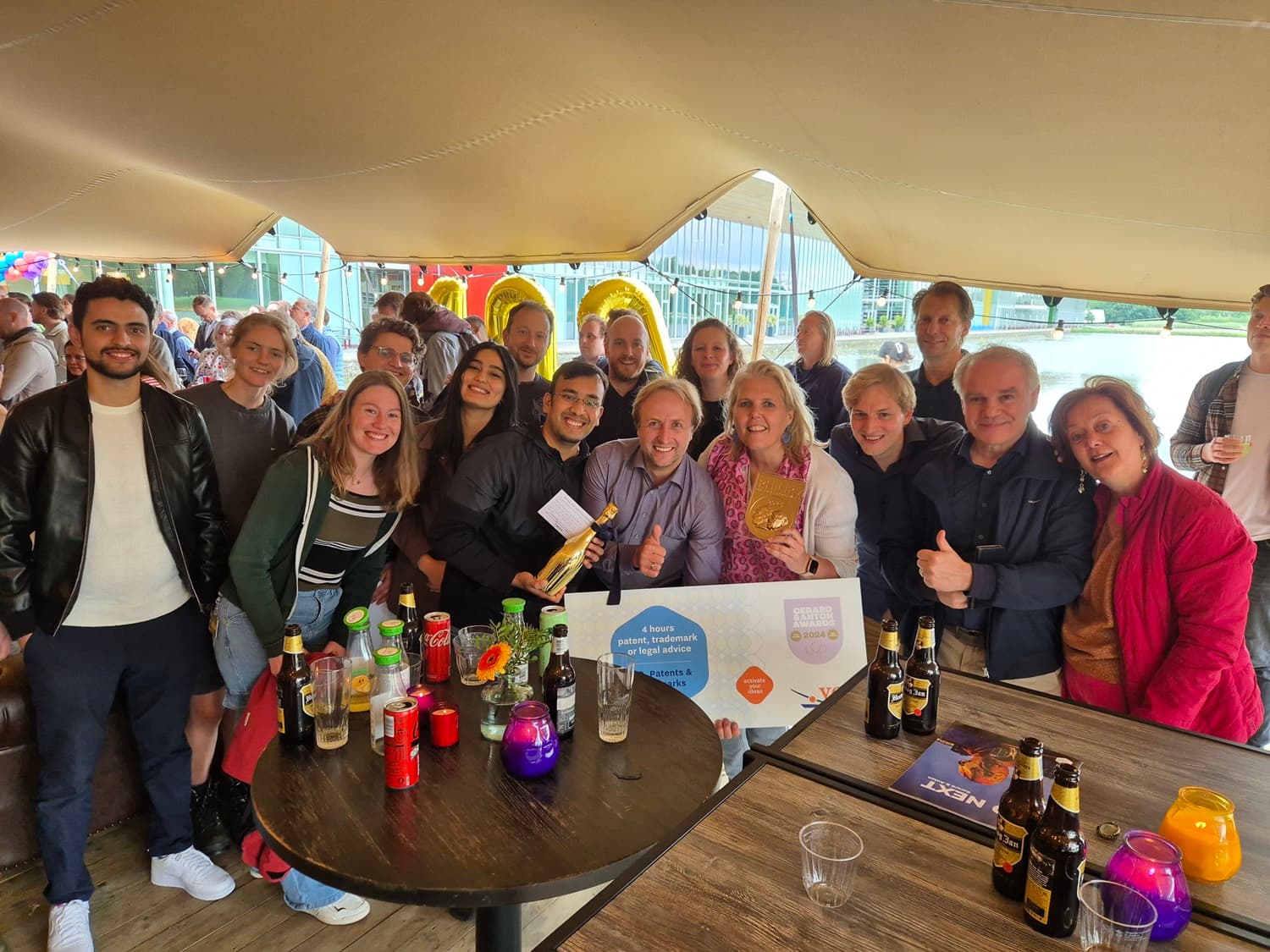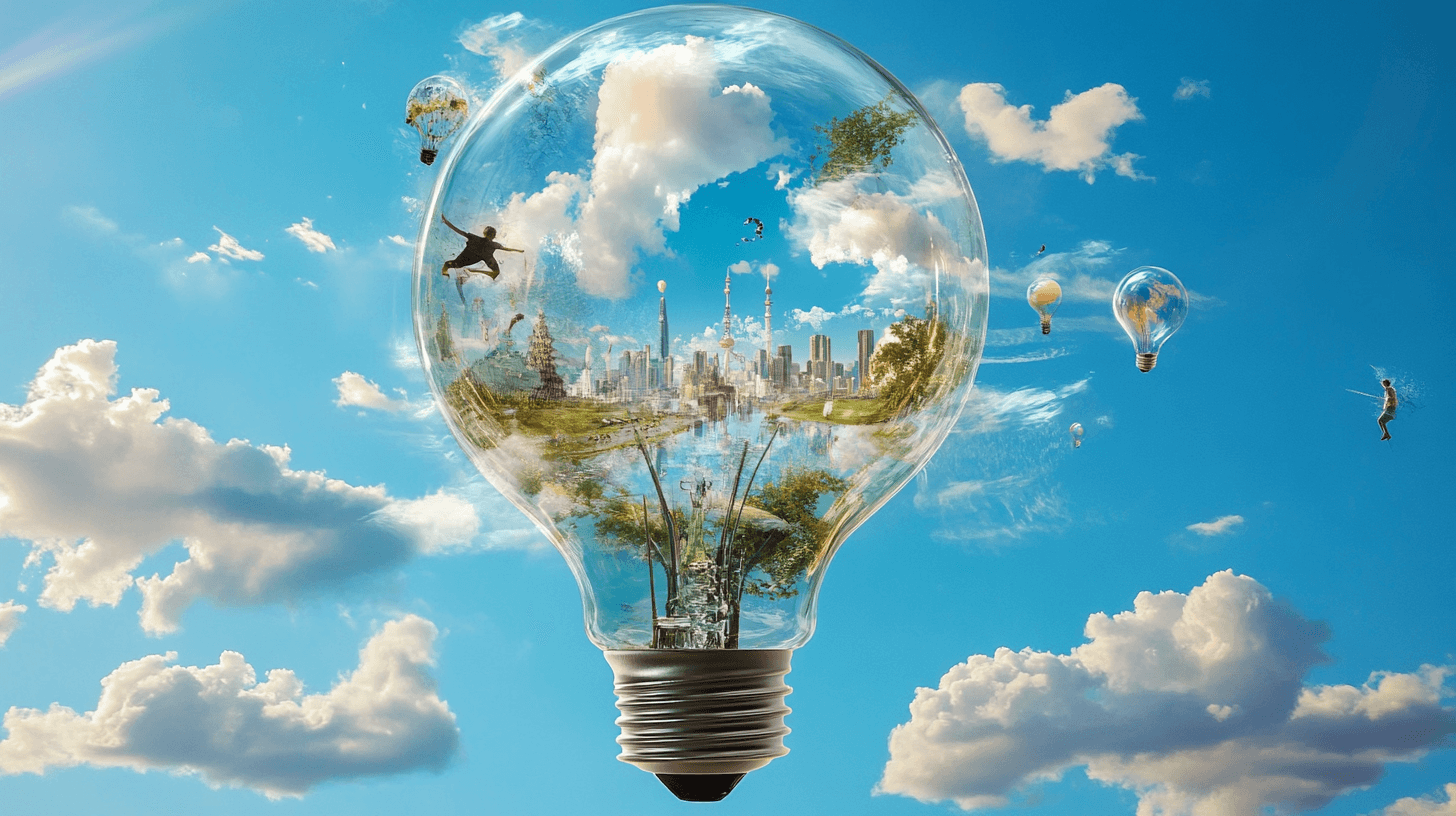How VitalFluid protects its lightning technology with patents
VitalFluid uses plasma—essentially controlled mini-lightning—to temporarily transform water into a mixture of active molecules.
Published on June 24, 2025

Bart, co-founder of Media52 and Professor of Journalism oversees IO+, events, and Laio. A journalist at heart, he keeps writing as many stories as possible.
VitalFluid, the Eindhoven-based specialist in plasma-activated water, has a clear mission: to make agriculture more sustainable by mimicking the power of lightning. But behind this apparent simplicity lies a complex world of intellectual property (IP), patents, trade secrets, and trademark rights. “Our technology—including its application—is our capital. We want to protect everything we develop as well as possible,” says Polo van Ooij, CTO of VitalFluid.
IP and patent protection in high-tech
This article is part of a short series in the run-up to the 11th Gerard & Anton Awards ceremony on July 3. In this three-part series, we look at what IP and patent protection mean for former Gerard & Anton Award winners. Tickets are available here - while supplies last.
Lightning as a solution
VitalFluid utilizes plasma, essentially controlled mini-lightning, to temporarily transform water into a mixture of active molecules. This plasma-activated water (PAW) can then be used as a natural fungicide and bactericide or as a crop growth promoter, without the harmful side effects of chemical pesticides.
The technology offers a sustainable alternative to traditional fungicides, but also makes the company vulnerable to imitation. “You invest a lot in developing this kind of technology. So you want to be able to reap the rewards yourself,” says Van Ooij.
Two-pronged IP strategy
At VitalFluid, intellectual property is divided into two main areas.
“On the one hand, we protect the technology itself: the plasma reactor, the electronics, and the processes we use to activate the water,” explains Van Ooij. “On the other hand, we focus on the applications and the unique composition of the plasma-activated water. Because even if a competitor finds another way to make PAW, we don't want them to be able to copy our applications.”
It is precisely this second track – the applications – that is more complex from a legal perspective. “With a device, you can make drawings and describe exactly how it works. But when it comes to the biological effect of certain molecules on plants or fungi, you end up in a gray area where patents are less concrete and formulations must be chosen carefully.”
How has Vitalfluid developed?
IO+ and its predecessor, Innovation Origins, have been following Vtslfluid since its inception. This provides a good overview of the startup's development. Read all the stories here.
Help from specialists and RVO
That is why VitalFluid works closely with external patent attorneys. “We write the technical documentation internally, after which the patent experts help us formulate the patent applications. We always look for specialists who are well-versed in the specific field, whether it is physics, high-voltage technology, or biology.”
But before these external experts come into the picture, the Netherlands Patent Office (part of RVO) also plays a crucial IP Smart Scan.
This continuous assessment is an integral part of the innovation process at VitalFluid. “We check every step of the development process to make sure we don't infringe on anyone else's patents. The RVO Patent Center helps us with this. We use search queries in Espacenet, among other things. It can make you almost paranoid, but it's necessary. Because a patent dispute can be ‘killing’ for a technology company like ours.”
No watertight system
Despite all the precautions, Van Ooij admits the patent system is not foolproof. “For example, we see patents being filed in China that are largely based on knowledge we have already published. Formally, they should no longer be able to obtain a patent for this, but the applications still appear. It shows that patent protection is never watertight.”
VitalFluid currently holds six patents, with additional applications pending. “We are continuing to optimize, both on the technical side and in new areas of application. As we move further into the market and collect more data, innovations will emerge that we want to protect.”

Vitalfluid shortly after winning the Gerard & Anton Award
Trade secrets as additional protection
In addition to patents, confidentiality also plays a crucial role in VitalFluid's intellectual property strategy. “There are always components that we deliberately do not patent, but keep as trade secrets. Especially in the early development stages, we apply a strict 'need-to-know' principle within the team. Only those who need certain information are given access.” This requires constant consideration. “Ideally, everyone knows everything. But you also have to be realistic: what you don't disclose cannot be copied by others.”

IP and Patent Protection in high-tech
This article is part of a short series in the run-up to the 11th Gerard & Anton Awards ceremony, on July 3. In this three-part series, we look at what IP and patent protection mean to some of the former winners of a Gerard & Anton Award.
Focus on trademark rights
In addition to technology and trade secrets, VitalFluid also invests in protecting brand names and logos. The logo was recently revamped, a process that involved considerable investment. “The advantage of trademark registration is that the protection lasts for as long as you use the trademark,” says Van Ooij. “But it's always a strategic decision as to whether the costs outweigh the benefits. After all, you never know how long a logo will last.”
Ultimately, IP is not just a legal matter for VitalFluid, but a matter of pure business security. “We often say here: our freedom to operate, or lack thereof, feels like a dark storm cloud on the horizon. You don't know if lightning will strike, but when it does, it can destroy your business. That's why we do everything we can to minimize the risks.”
This ensures that protecting intellectual property is not an afterthought for VitalFluid, but a strategic foundation underpinning the company. “It's a continuous balance between innovation and protection,” concludes Van Ooij. “Without a well-thought-out IP strategy, we would not be able to grow in a competitive international market.” With the recent market launch of their plasma-activated crop protection product, aimed at reducing fungi without chemical fungicides, VitalFluid is also beginning to reap commercial benefits.
More about Vitalfluid:
Explore patents: espacenet.com
More information: Support for startups at RVO
